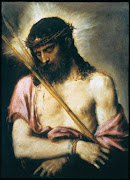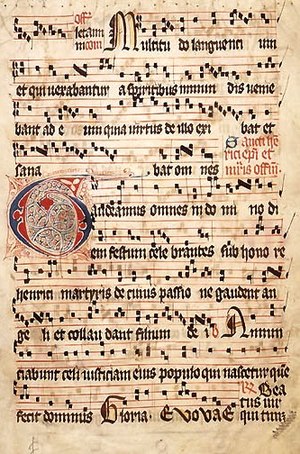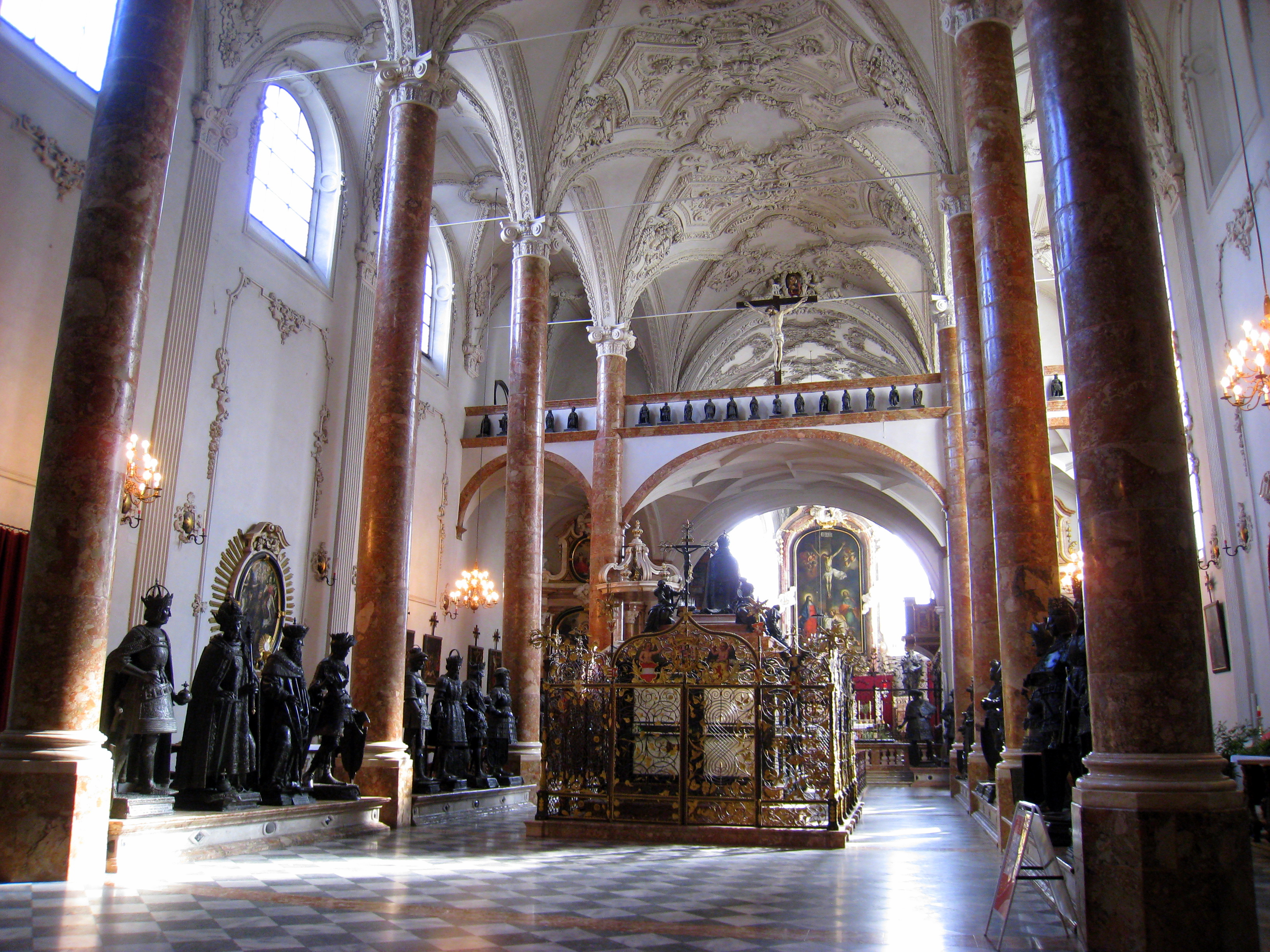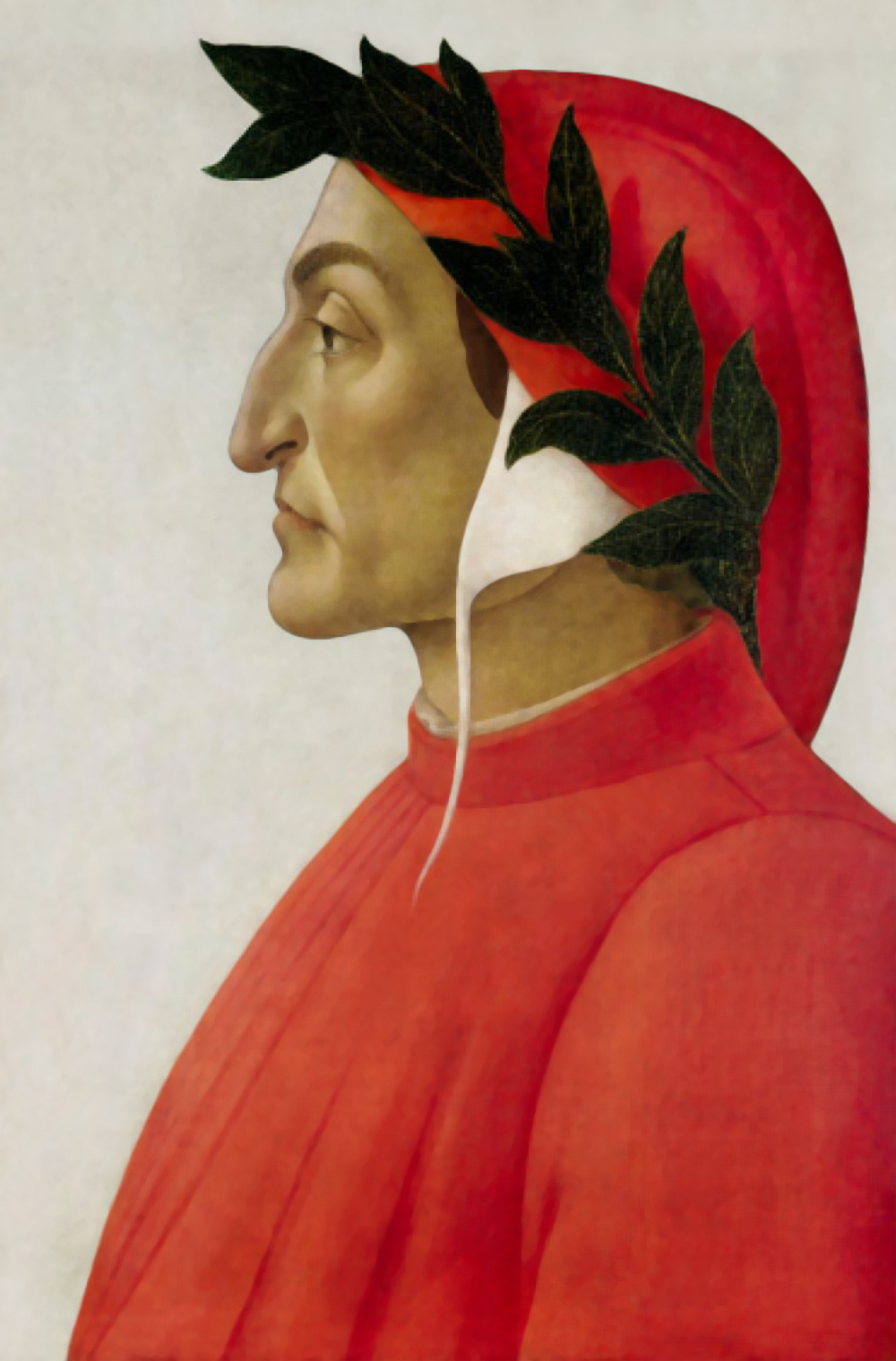This portrait of Margaret of Spain, the Holy Roman Empress, in mourning black in 1666, recalls to us that mourning was a solemn duty in times past as a way of reminding Christians to pray for the recently dead.
Praying for the dead is, for those who have forgotten it, a grave duty for all Catholic Christians and one of the Spiritual Works of Mercy.
The purpose is to deliver one's loved ones out of the painful, suffering process of purgation that all but the most perfect must endure after death before they are sufficiently pure and holy to be ushered into the presence of Almighty God who is all love. No taint of self-love must remain to those who come before God.
Consider an analogy: when one awakes, or has been in a dark place, it takes a little while for the eyes to adjust to the light which is painful to behold until the adjustment is made. So with us sinners who are being prepared to enjoy the supreme joy of the presence of God - we have to adjust to the brilliance of His perfect light before we can see Him clearly.
Now this process can, by reason of the Communion of all the Faithful with the Saints in heaven, be hastened by the prayers of the Faithful here below where we are still ourselves suffering and gaining grace for ourselves and for others. Once we are in Purgatory we are being purged and can no longer merit grace for others. So we must do so here below whilst we have the time.
Now this duty is easily forgotten in a busy world and so we wear mourning to remind us to pray regularly throughout the day and night for our dead.
We do this by wearing black (called Grand Deuil by the French) - save for some Catholic Queens who wear Deuil Blanc, that is, white. Queen Fabiola did so at the Funeral of her late husband, King Baudouin of Belgium.
The length of mourning depended on your relationship to the deceased. The different periods of mourning dictated by society were expected to reflect your natural period of grief.
 "It is a holy and wholesome thing to pray for the dead that they may be loosed from their sins."
"It is a holy and wholesome thing to pray for the dead that they may be loosed from their sins."[2 Macab. 12:46]
Friends, acquaintances, servants and employees wore mourning to a greater or lesser degree depending on the length of their connection to the deceased.
No lady or gentleman in mourning was supposed to attend balls. The wearing of a black arm band was appropriate for military men (or others compelled to wear uniform in the course of their duties) but otherwise wearing only a black arm band instead of proper mourning was a degradation to be avoided.
Mourning customs were usually these (with exceptions from country to country):
- for a widow, 2 to 2 and a half years and a widow did not enter society for a year (although she could re-marry after 1 year and 1 day if financially necessary);
- for a widower, 2 years;
- for a parent, 2 years;
- for children (if above ten years old), 2 years;
- for children below that age, 3 to 6 months;
- for an infant, 6 weeks and upward;
- for siblings, 6 to 8 months;
- for grandparents, 6 months;
- for uncles and aunts, 3 to 6 months;
- for cousins, great aunts and uncles, or aunts and uncles related by marriage, from 6 weeks to 3 months;
- for more distant relatives or friends, from 3 weeks upward.
Full or deep mourning, a period of a year and one day, was represented with dull black clothing without ornament. The most recognizable portion of this stage was the weeping veil of black crepe. If a women had no means of income and small children to support, marriage was allowed after this period. She would return to black mourning on the day after marrying again.
Second mourning, a period of 9 months, allowed for minor ornamentation by implementing fabric trim and mourning jewellery. The main dress was still made from a lustreless cloth. The veil was lifted and worn back over the head. Some widows, through age or piety, frequently remained in this mourning for the rest of their lives.
Half mourning lasted from 3 to 6 months and was represented by more elaborate fabrics used as trim. Gradually easing back into colour was expected when coming out of half mourning.
The standard mourning time for a widower was 2 years but it was up to his discretion if he wished to re-marry. Typically young unmarried men stayed in mourning for as long as the women in the household did.
Mourning for parents ranked next to that of widows; children mourning for their parents or parents for children being identical. This usually meant 1 year in deep or full mourning, 6 months in crepe, 3 in second, and 3 in half mourning. Second mourning, without full mourning, was suitable for parents-in-law. After 1 month in black, lilac should follow.
Young children were never kept more than 1 year in mourning. No female under the age of 17 was to wear creped full mourning.
The ancient Order of Widows, like the ancient Order of Virgins, dates from Apostolic and Scriptural times and is the real origin of widows wearing mourning black or similar dark colour for the rest of their lives.
It is a pious and commendable religious practice and is done for the same reason that priests and religious wear black. It is a sign of witness and of mortification in this life in preparation for the heavenly banquet that is to come.
Only ignorant revilers, scoffers and the grossly impious sneer at mourning. It is now recognised as one of the great ailments of our modern society that no time is allowed the bereaved to grieve and mourn their loss. The result can be the most terrible psychological suffering, distress and disease.
Women who have had abortions are particularly prone to such psychological illness which is sometimes called "post-abortion syndrome". Once they recognise the wrongness of abortion, they should be encouraged to enter into mourning even if discreetly avoiding mention of the potential scandal of the abortion by simply referring to the death of a child or relative. This will help them to grieve and mourn the loss of their infant and help them overcome the spiritual and psychological suffering they are under-going, which can often be grave and debilitating.
Friends, relatives and clergy can assist them by encouraging them not to be afraid to grieve and mourn.
When we mourn we should remember that our Lord Himself mourned and grieved at the loss of His friend, Lazarus, who, as a foretaste of the Resurrection, He caused to rise from the dead.
So, too, we must pray for the dead so that they, also, will be resurrected into the glorious light of heaven.
Requiem aeternam dona eis Domine et lux perpetua luceat eis.
Requiescant in pace.
Eternal rest grant unto them, O Lord, and let perpetual light shine upon them.
May they rest in peace.
+
















.jpg)


























_-002.jpg/220px-Circle_of_Anton_Raphael_Mengs,_Henry_Benedict_Maria_Clement_Stuart,_Cardinal_York_(ca_1750)_-002.jpg)


